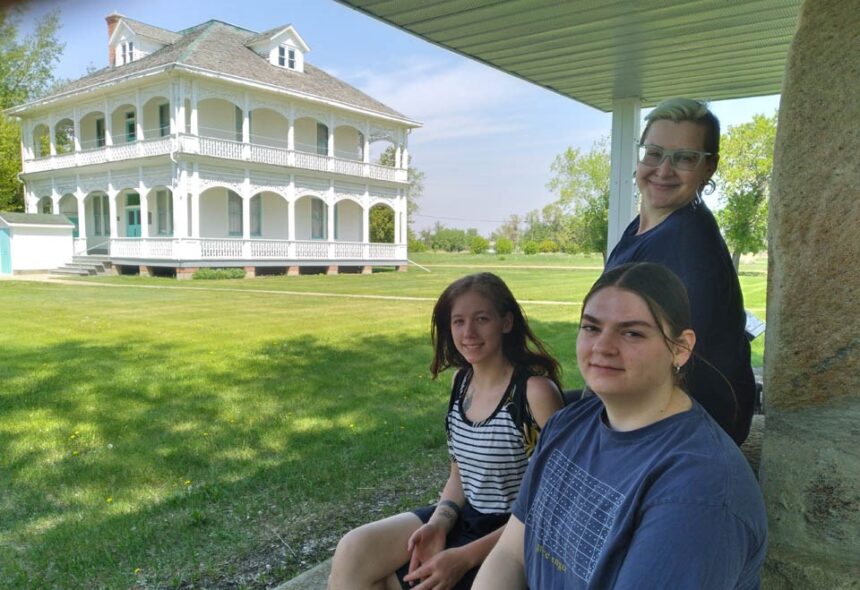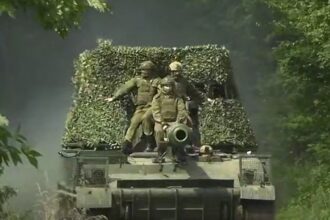The morning sun casts long shadows across weathered wooden buildings as visitors step into a time capsule of perseverance and pacifism. Nestled in the heart of Saskatchewan’s rolling plains, the Doukhobor Heritage Village stands as a living monument to one of Canada’s most distinctive immigrant stories—a tale that remains remarkably relevant in our age of cultural displacement and search for authenticity.
“Most Canadians know so little about us,” explains Maria Verigin, a third-generation Doukhobor and volunteer guide at the heritage site. “We weren’t just another immigrant group. We came with an entire philosophy that challenged the very foundations of state authority and militarism.”
The Doukhobors—whose name translates roughly to “Spirit Wrestlers”—arrived in Saskatchewan at the turn of the 20th century, fleeing religious persecution in Russia. Their radical pacifism, communal living arrangements, and rejection of government authority made them simultaneously fascinating and threatening to the Canadian establishment of the time. Today, their preserved village offers visitors an intimate glimpse into a utopian experiment that both succeeded and failed in remarkable ways.
Walking through the meticulously restored buildings, one is struck by the deliberate simplicity. The large communal kitchen—the heart of Doukhobor society—speaks to their revolutionary social structure. Here, extended families shared meals and labor, embodying an egalitarian ethos that predated modern socialism. The simple prayer house, devoid of religious imagery or hierarchical seating, reflects their rejection of orthodox Christianity in favor of direct spiritual experience.
What makes the Doukhobor Heritage Village particularly compelling is how it illustrates the tension between cultural preservation and assimilation—a dynamic familiar to many immigrant communities across Canada. The Doukhobors arrived with Leo Tolstoy’s financial support and carrying his anarchist-pacifist ideals, only to face a Canadian government intent on their conformity.
“The pressure to abandon our communal living was enormous,” Verigin notes as we examine agricultural implements in a restored barn. “The homestead system itself was designed for individual families, not our communal structure. It was a form of forced assimilation through policy.”
The village doesn’t shy away from the more controversial chapters of Doukhobor history, including the radical Sons of Freedom sect whose nude protests and property destruction drew national attention in the mid-20th century. This nuanced approach to historical interpretation feels refreshingly honest in an era where heritage sites often sanitize complex histories.
What distinguishes this cultural preservation effort is its living quality. The heritage village isn’t merely a museum of artifacts but remains a center for contemporary Doukhobor cultural activities. During summer festivals, traditional a cappella singing—a haunting, polyphonic tradition that UNESCO has recognized as culturally significant—fills the air. Hands-on bread-making demonstrations in the original communal ovens connect visitors directly to daily practices that sustained the community.
The contemporary relevance of the Doukhobor experience resonates strongly in our current moment. Their pacifist stance during both World Wars—which brought significant government persecution—raises questions about conscience, patriotism, and the limits of state authority that feel startlingly modern. Their sustainable agricultural practices and communal economics offer alternatives to our individualistic consumer culture that many young Canadians find increasingly appealing.
As climate change and economic uncertainty push more people to reconsider communal living and self-sufficiency, the Doukhobor experiment provides both inspiration and caution. Their initial success in creating a functioning alternative society demonstrates what’s possible; the internal conflicts and external pressures that fragmented their community highlight the challenges of maintaining counter-cultural movements across generations.
For Saskatchewan itself, the heritage village represents a crucial counterpoint to dominant historical narratives. Beyond the well-known stories of British settlers and Ukrainian immigrants lies this remarkable tale of spiritual revolutionaries who chose the Canadian prairies as the stage for their utopian dreams.
“We’re not a relic,” insists Verigin as visitors gather for fresh bread and borscht in the communal kitchen. “The questions the Doukhobors wrestled with—how to live ethically, how to balance individual freedom with community responsibility, how to resist violence in all its forms—these aren’t historical curiosities. They’re the questions that define our humanity.”
As Canada continues to welcome newcomers from around the world, the Doukhobor Heritage Village offers a profound reminder that cultural preservation isn’t merely about maintaining traditions in amber. It’s about keeping alive alternative visions of what society might become—visions that, in our uncertain times, we may need more than ever.
For more thought-provoking cultural analysis, visit CO24 Culture or explore changing social dynamics at CO24 Trends.










